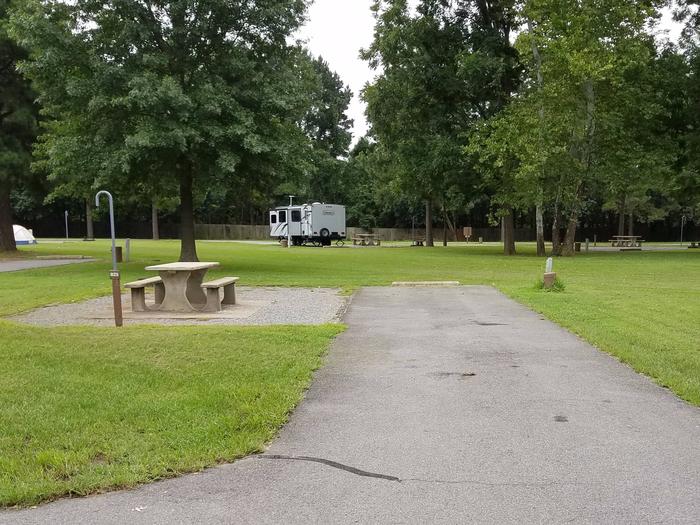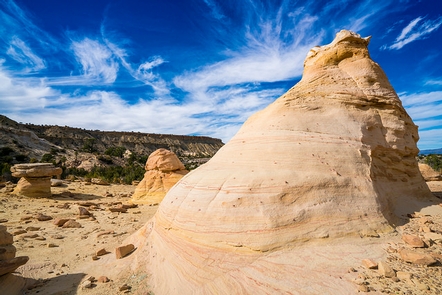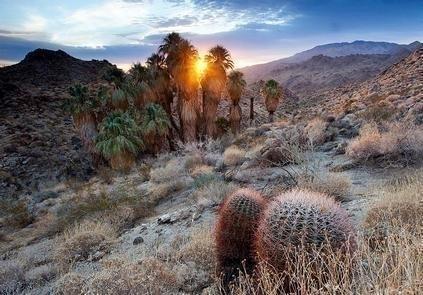Directions
Located 5.4 miles NW of Dulzura on State Highway 94 (Otay Lakes Road). Access is on Otay Truck Trail which traverses the mountain east to west, and the Minnewawa Trail, connecting Otay Lakes Road on the north with the Otay Truck Trail.
Phone
760-833-7100
Activities
CAMPING, HORSEBACK RIDING, WILDLIFE VIEWING, WILDERNESS, PHOTOGRAPHY
Camping Reservations
Reserve your campsite at these camping areas:
Hiking Trails
Looking for nice hiking areas to take a hike? Choose from these scenic hiking trails:
Related Link(s)
More California Recreation Areas
The Otay Mountain Wilderness has a total of 16,885 acres and is managed by the BLM’s Palm Springs-South Coast Field Office. In 1999 the Otay Mountain Wilderness became part of the now over 109 million acre National Wilderness Preservation System. In wilderness, you can enjoy challenging recreational activities and extraordinary opportunities for solitude.
The Otay Mountain Wilderness is located near the U.S.-Mexico border in eastern San Diego County. The mountain represents a unique ecosystem, home to twenty sensitive plant and animal species, including the endangered quino checkerspot butterfly, the only known stand of Tecate cypress, as well as the only known population of the Mexican flannel bush In an age of “…increasing population, accompanied by expanding settlement and growing mechanization,…” you play an important role in helping to “…secure for the American people of present and future generations the benefits of an enduring resource of wilderness” as called for by Congress in the Wilderness Act of 1964. Please follow the regulations in place for this area, and use Leave No Trace techniques when visiting to ensure protection of its unique natural and experiential qualities.
How to follow the seven standard Leave No Trace principles differs in different parts of the country (desert vs. Rocky Mountains). Click on any of the principles listed below to learn more about how they apply.
Leave No Trace principles:
- Plan Ahead and Prepare
- Travel and Camp on Durable Surfaces
- Dispose of Waste Properly
- Leave What You Find
- Minimize Campfire Impacts
- Respect Wildlife
- Be Considerate of Other Visitors
Regulations:
Motorized equipment and equipment used for mechanical transport are generally prohibited on all federal lands designated as wilderness. This includes the use of motor vehicles (including OHVs), motorized equipment, bicycles, hang gliders, wagons, carts, and the landing of aircraft including helicopters, unless provided for in specific legislation.





